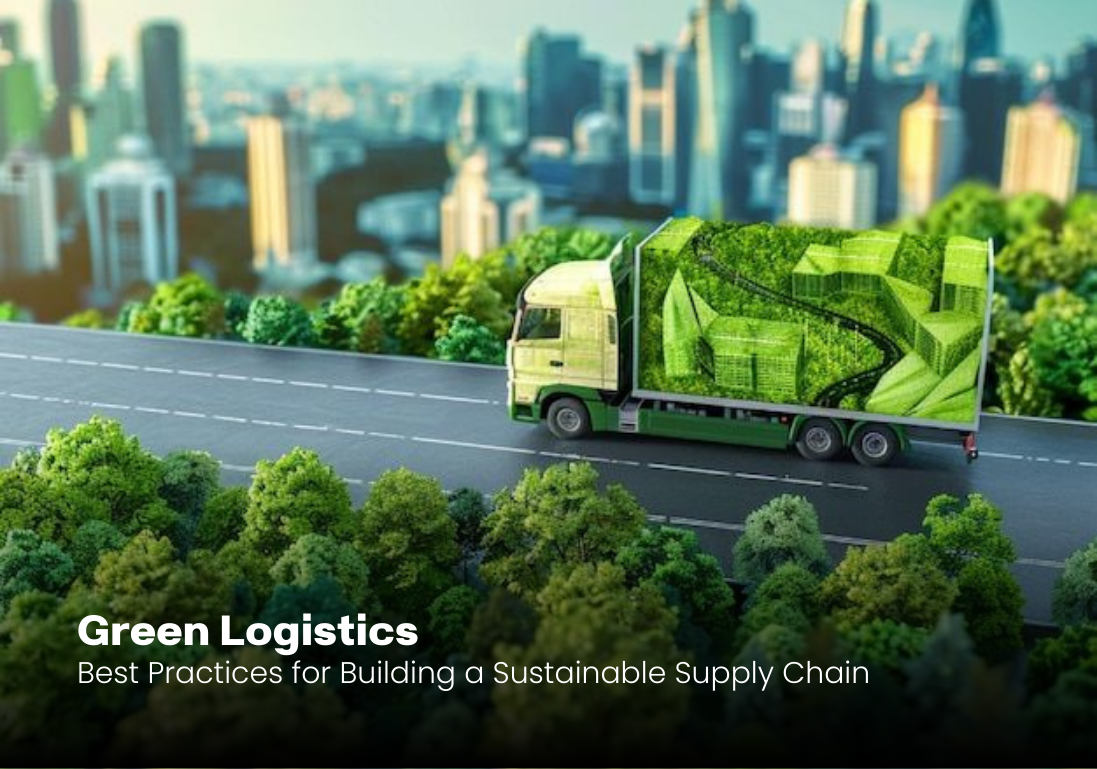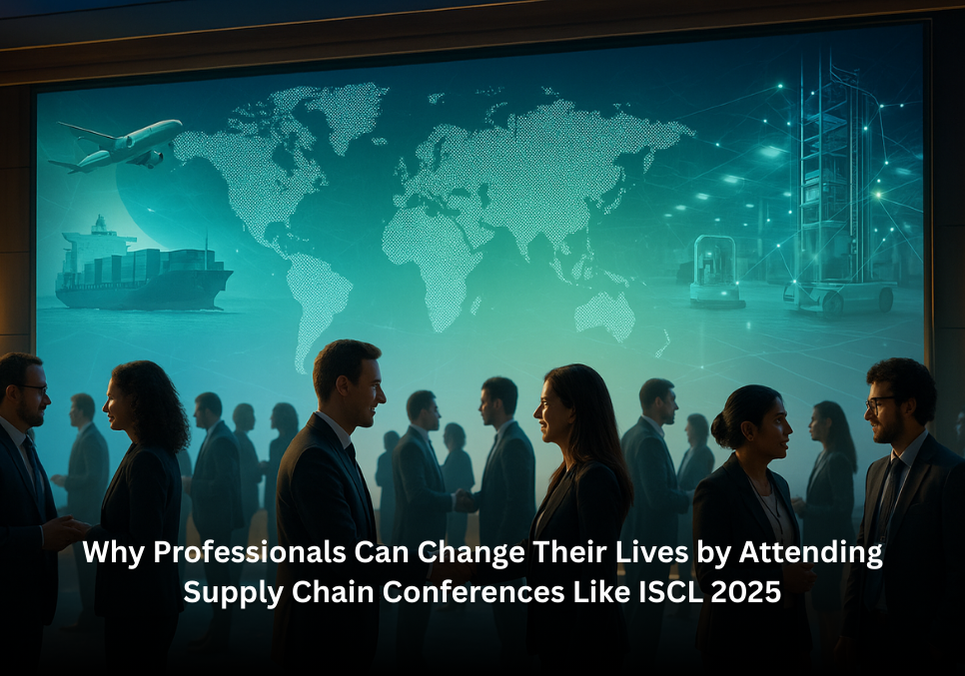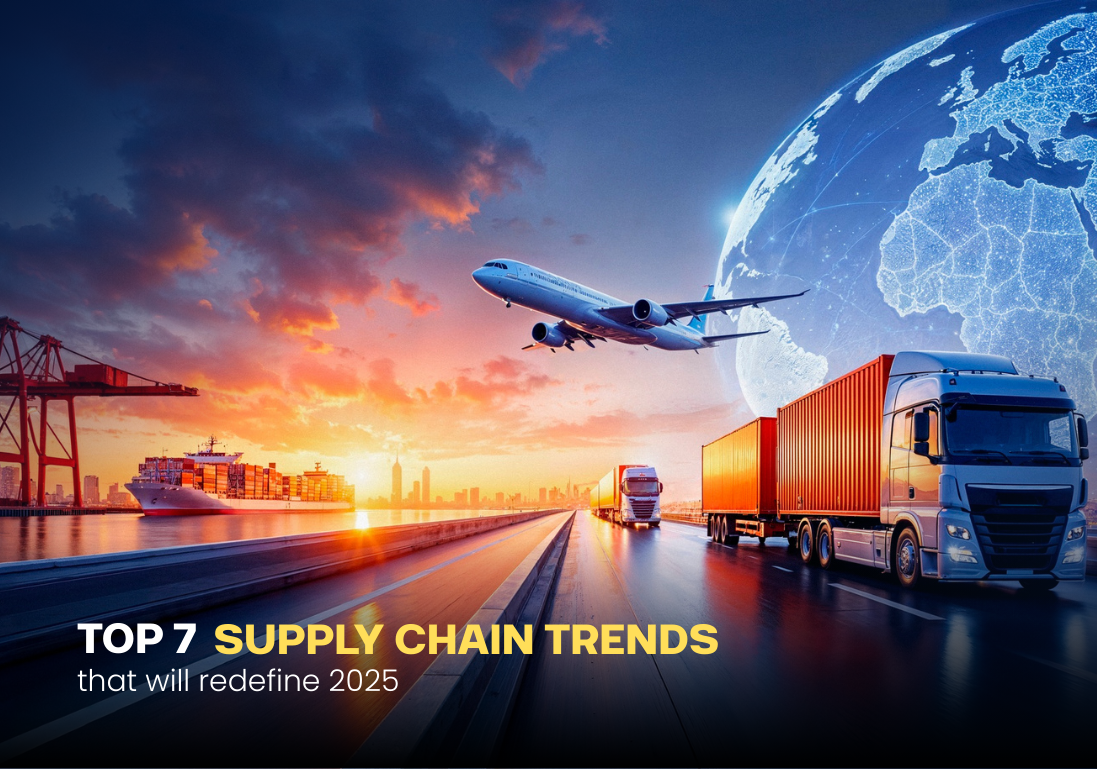Not long ago, the world of logistics was all about two things: speed and cost. How fast can you get a package from A to B? And how little can you spend to do it? However, today there’s a new, far more important question on the table: “How can we do it sustainably?”
I’ll never forget what a logistics manager told me at a supply chain conference in India: “Every time we ship inefficiently, we’re paying twice—once in fuel, and once in our reputation.” That line really stuck with me.
As a result, in this blog, we’re diving into the world of green logistics. We’ll look at the smart practices companies are using, check out real-world examples, and see how big events like the International Supply Chain Conference 2025 are shaping a more sustainable future for all of us.
What is Green Logistics?
In fact, green logistics is about making your supply chain and delivery systems as eco-friendly as possible. It’s not just about cutting down on carbon emissions. Moreover, it’s about building smarter, more resilient systems that save resources, reduce waste, and still get the job done right.
Why Green Logistics Matters
Here’s the deal: the logistics industry contributes nearly 10% of global CO₂ emissions. Consequently, it is both a massive part of the problem and a critical part of the solution.
Moreover, customers increasingly want to buy from brands that care. Governments are also introducing stricter rules, forcing businesses to adapt. As a result, green logistics has become a hot topic, especially in India, where supply chain events in 2025 will focus on meeting sustainability goals without sacrificing efficiency.
Technology in Green Logistics
Technology used to be a bonus; now, it’s the heart of every sustainable operation.
AI and Route Optimization
For example, AI helps drivers find the most efficient route, saving both fuel and time.
IoT Sensors for Smarter Supply Chains
In addition, IoT devices monitor conditions like temperature in cold chains, ensuring less food spoils during transport.
Blockchain for Transparency
Similarly, blockchain technology creates accountability, making every step of international delivery traceable.
As a result, predictive analytics has already helped companies cut fuel usage by 15% in a single year.
Smarter Transportation Solutions
The biggest chunk of logistics emissions comes from transportation. For instance, companies like DHL and UPS are investing in electric fleets and alternative fuels.
Meanwhile, even smaller businesses can make an impact. I remember ordering groceries in Bangalore that arrived on an e-bike within 20 minutes. It was fast, quiet, and clean—a glimpse of what logistics in 2025 could look like.
Warehousing and Green Logistics
Warehouses are surprisingly energy-hungry. However, things are changing quickly with:
- Solar panels powering industrial hubs.
- Smart lighting that switches on only when needed.
- Automated storage systems that save both energy and time.
Furthermore, Amazon’s green distribution centers in Europe cut annual energy costs by millions. Consequently, they prove that being green and being profitable can absolutely go together.
Secure Your Ticket To Iscl 2025 (Or Register For Iscl 2025)
Eco-Friendly Packaging & Reverse Logistics
We all know packaging is a major problem. Fortunately, many companies are moving toward recyclable, biodegradable, or reusable materials.
For example, Unilever redesigned its packaging and cut plastic use by 100,000 tonnes. In addition, IKEA’s furniture buy-back program shows how reverse logistics not only reduces waste but also builds customer loyalty.
Collaboration for Sustainable Supply Chains
No single company can tackle this challenge alone. Therefore, collaboration is key. As a result, the upcoming Logistics Summit 2025 will showcase new models where businesses share transport and warehouse networks to reduce both costs and emissions.
Measuring Success in Green Logistics
It’s one thing to talk about sustainability, but proving it is another matter. Thus, businesses now use:
- Carbon footprint calculators to measure impact.
- KPIs like emissions per shipment or recycling rates.
- Transparent sustainability reports to share progress.
India’s Role in Green Supply Chains
In fact, India is becoming a major player in sustainable logistics. With electric mobility initiatives, renewable energy adoption, and government incentives, logistics companies are stepping up.
Furthermore, the upcoming Supply Chain Summit India 2025 will feature inspiring case studies from local startups pioneering clean transportation and smart packaging.
Challenges on the Road to Green Logistics
However, moving toward greener operations isn’t always easy. Upfront costs, lack of infrastructure, and resistance to change remain barriers.
Therefore, solutions are emerging in the form of:
- Government subsidies for electric vehicles.
- Shared distribution networks to lower costs.
- Training and upskilling programs at international conferences.
The Future of Green Logistics
Consequently, experts predict the next wave of innovation will include:
- AI-powered autonomous fleets.
- Smart cities seamlessly integrated with logistics.
- Global agreements on climate-neutral shipping.
Finally, these aren’t far-off dreams—they’re already happening in parts of Europe and Asia.
Conclusion
Sustainable logistics isn’t just a trend; it’s now a business essential. Moreover, companies that act today aren’t only winning customer trust—they’re securing long-term resilience.
Whether you’re attending the Global Supply Chain Summit 2025 or just exploring ISCL registration, the time to act is right now. Green logistics isn’t only about saving the planet—it’s about future-proofing your business.
FAQs
What’s the big idea behind green logistics?
It’s about making logistics eco-friendly by cutting emissions, reducing waste, and saving energy.
How can a company shrink its carbon footprint in logistics?
They can switch to electric fleets, use AI to optimize routes, operate green warehouses, and choose recyclable packaging.
Why do international conferences matter for logistics in 2025?
They’re where leaders share innovations, showcase case studies, and create partnerships for sustainability.
Any government help in India for green logistics?
Yes, subsidies for EVs, renewable energy projects, and tax benefits for eco-friendly infrastructure are available.




